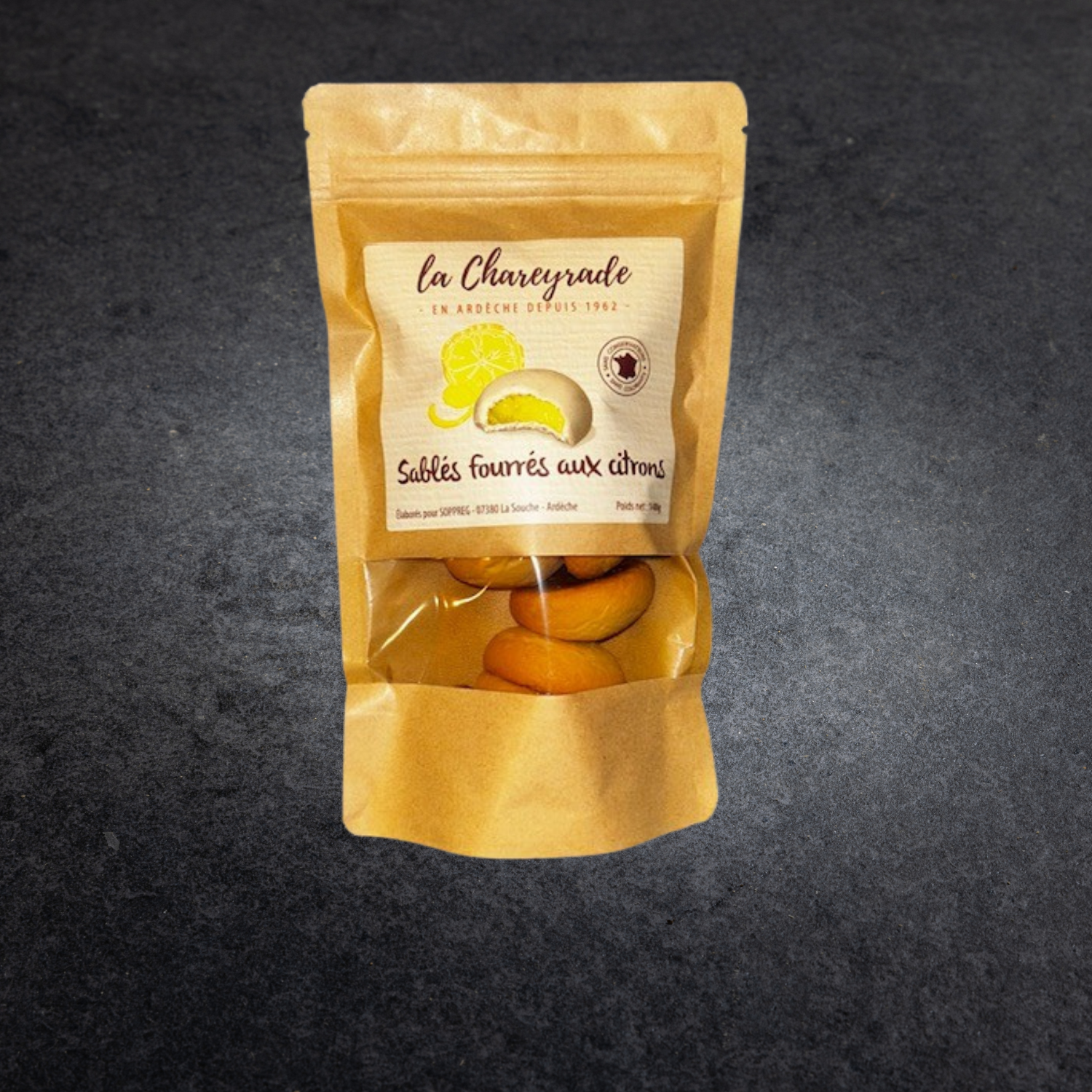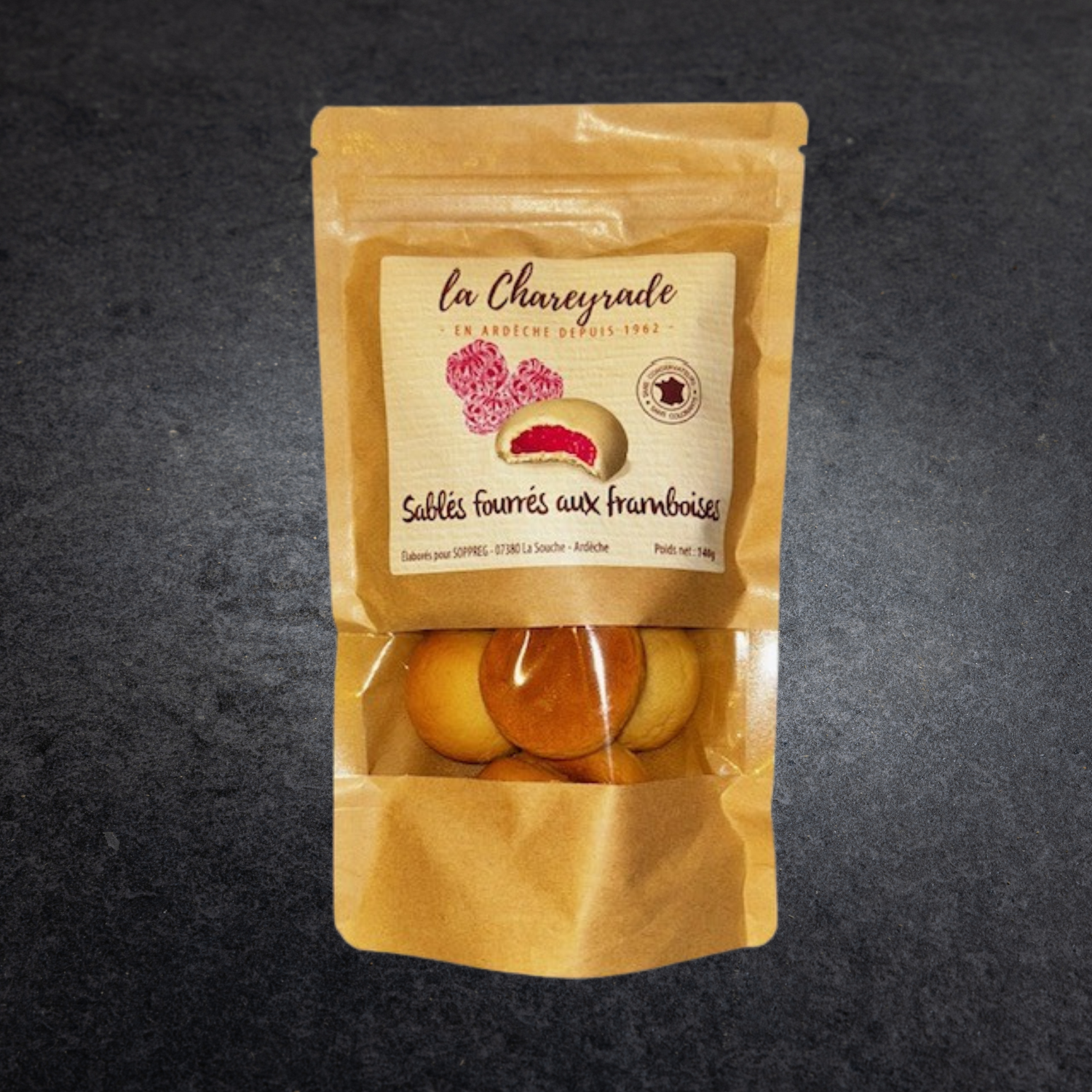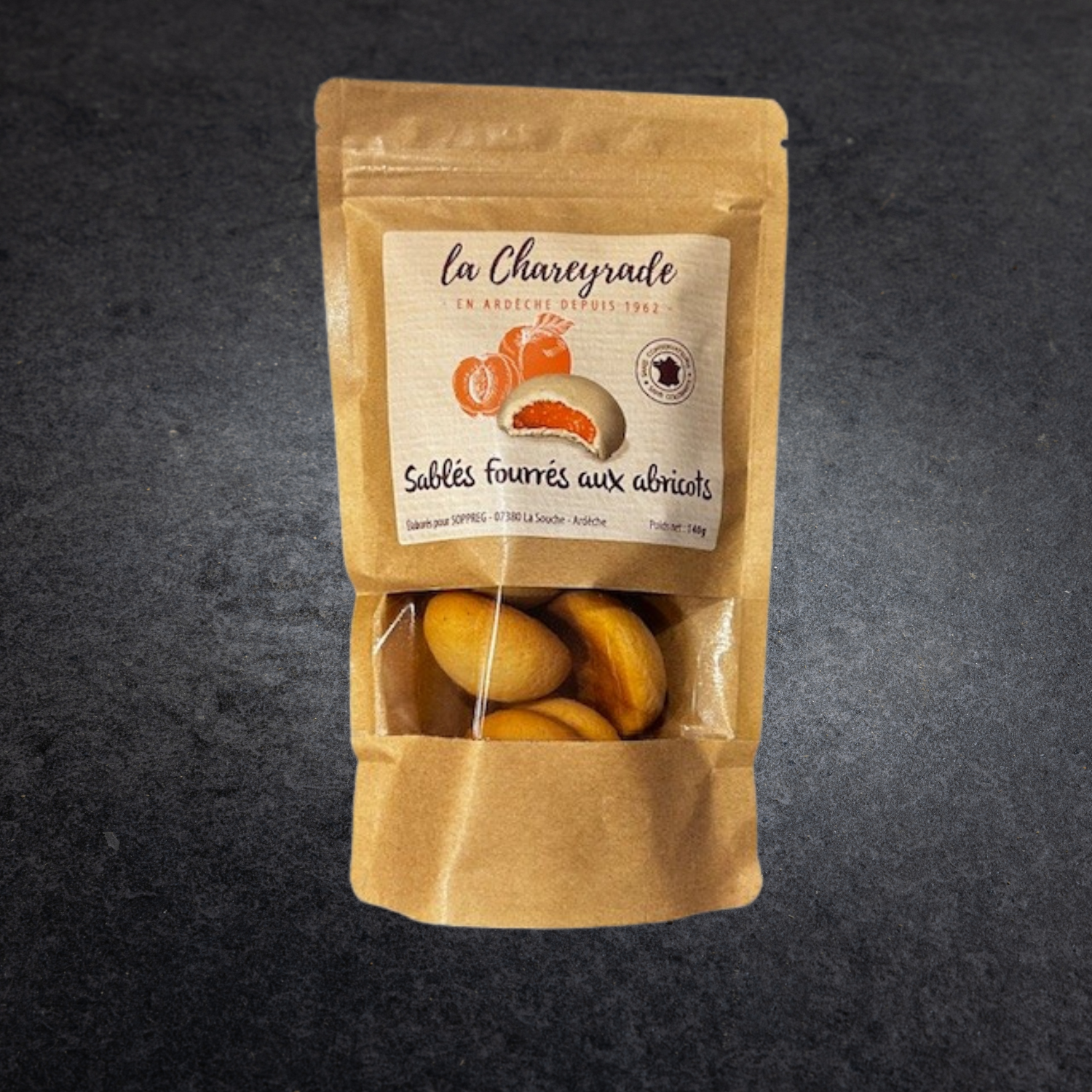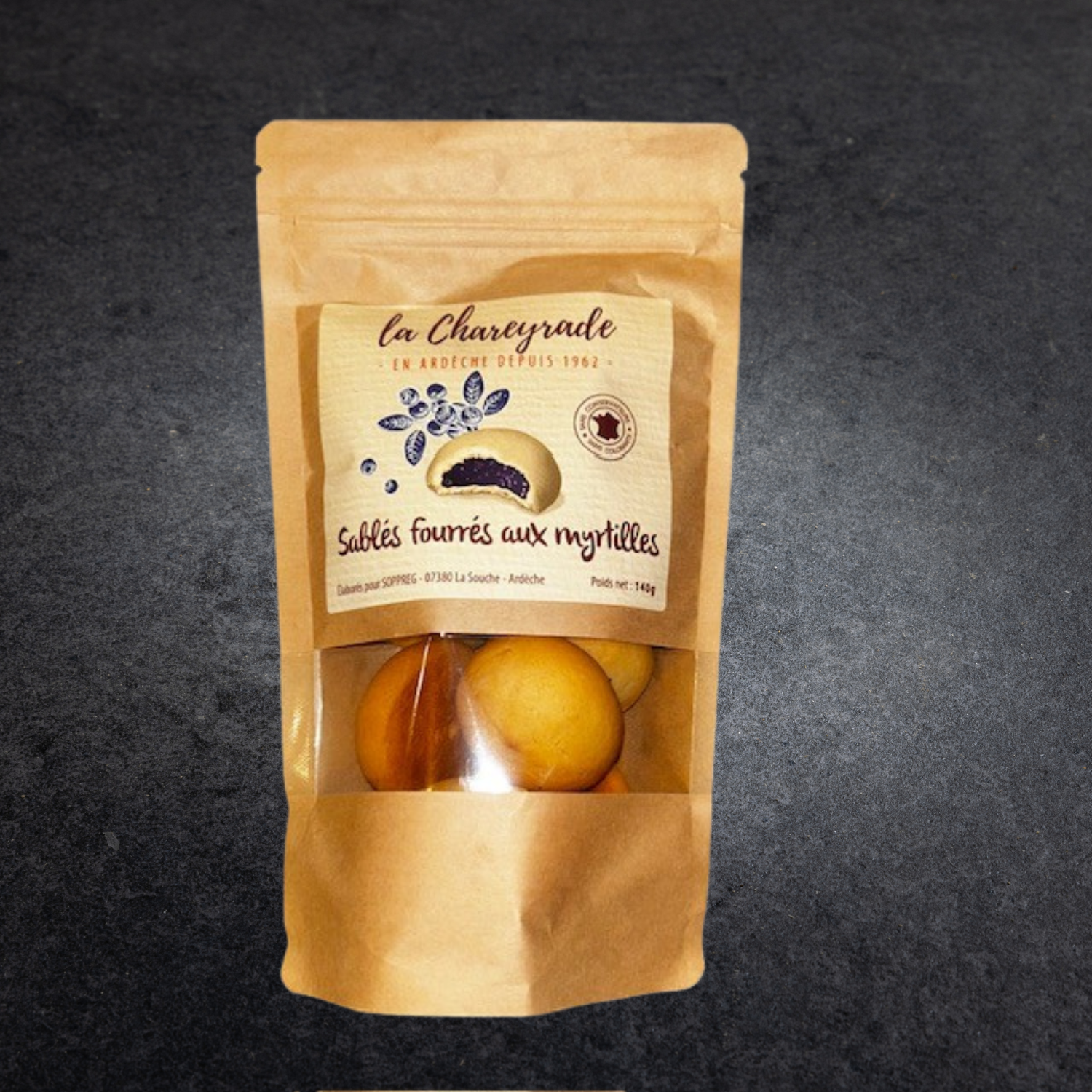Our sausages are labeled IGP Ardèche, what's that? Everything you need to know about IGP Ardèche!
It’s true that when we talk about “IGP Ardèche,” we tend to immediately think of the vineyards near the Côtes-du-Rhône and the Rhône Valley. While the region does indeed produce typical wines made from grape varieties such as Syrah and Grenache, the Ardèche IGP also refers to other products, including French Saucisson. In this article, we’ll explore in detail what the IGP entails and dive into the specificities of the Ardèche IGP sausage.
What is PGI?
The acronym IGP stands for " protected geographical indication ". It is a European certification valid in France that concerns products whose quality is directly linked to a given terroir. To better understand the IGP certification, it is useful to compare it to the AOP label.

The PGI refers to know-how rooted in a territory . In other words, PGI products must be processed and produced, at least in part, in a well-defined geographical area. The PGI Ardèche sausage reflects the talent of the master charcutiers of the Ardèche and the preparation of the products must be carried out in the department. On the other hand, the ingredients are not necessarily of local origin, but must meet strict quality criteria.
On the other hand, the AOP (protected designation of origin) or AOC (controlled designation of origin) refers to the origin of the products and the different stages of its manufacture. Thus, when we talk about AOP chestnut flour from Ardèche, it must come from fruits harvested in chestnut groves located in this territory, on specific varieties of trees. It must also have been made in the same department.
The AOP and IGP designations cannot be combined. In other words, a product cannot be both IGP and AOP certified . But if you come across a product with one of these labels, it means that it comes from the artisanal tradition and know-how of the region mentioned. The IGP certification is given by the National Institute of Origin and Quality (INAO), and the specifications of each product are approved by the permanent commission of the national committee in charge of protected geographical indications.
What is Ardèche IGP?
Ardèche IGP is a product whose production is carried out entirely or partly on the Ardèche terroir . It can be local wines or other things like Ardèche IGP sausage, the real subject of this article.
Ardèche IGP, local charcuterie
To be labeled IGP, the Ardèche pork butcher must respect strict specifications. Here are some examples:
- The slice of sausage is reddish in color , with bacon cut into grains.
- Some spices like pepper may be visible.
- The sausage has a strong meaty taste, slightly salty and spicy and can also have a slight acidity if the casing is thick.
- The butcher must exclusively use natural casings , salt and spices for seasoning, and saltpeter for preservation .
- And of course, the sausage must have been made in Ardèche . In other words, the processing company must be located in the area concerned. This is not exactly the department, but the locality that corresponds to the old Vivarais, which therefore covers 326 communes. Some communes in the south of the department, which are more closely related to the Gard region from a climatic and cultural point of view, are excluded.
The Ardèche IGP sausage expresses all the geographical specificity of the region. The know-how of today's artisans inherits the traditional techniques of the tuades. In addition, the mountain climate as well as that of the plain, the hillsides and the plateau are particularly suited to the drying and fermentation of sausages.
Ardèche sausage and its variations
Ardèche sausage follows the same basic recipe, but comes in several variations depending on the type of casing used.
- Dry sausage : it can be straight or curved, stuffed into a pork casing of 30 mm in diameter or more. Its weight is at least 200 g.
- The small chaudin : it is stuffed into a curly and defatted pork casing, that is to say the chaudin or following. This casing contributes to giving flavor to the sausage which weighs between 200 and 600 g approximately.
- The chaudin : slightly saltier, the chaudin can be more or less wide depending on the size of the casing. Its weight varies between 600 g and 2 kg approximately, and it can be tied by hand.
- Large Chaudin : the dough can be formed in advance before being put into the large chaudin. It is also possible to use strips of defatted, peeled and de-veined chaudin. The weight of the large chaudin exceeds 2 kg, it can be dried flat. Due to its size, it is subject to a long maturation and has a slightly acidic flavor.
- The rosette : the paste is stuffed into the rosette, a natural casing with a wider end. It therefore takes this shape, with a diameter that increases and a swollen end. Due to the difference in maturation between the different parts, it has a particular taste. Its length is at least 40 cm, with a dry weight greater than 1 kg.
- The Jesus : this large sausage weighs more than 400 g. Coming from traditional domestic charcuterie, it is wrapped in the bag or caecum, a wide casing that has the shape of a large egg. It has a slightly acidic flavor due to the thickness of the casing which results in a long maturation
How is Ardèche IGP sausage made?
The IGP Ardèche sausage follows a very demanding manufacturing process , starting with the selection of the meat . This must come from pork butchers or from pigs with heavy carcasses/sow meat.
The meat used to make Ardèche sausage must be fresh, at least of EU origin and from pigs fed on cereals, without growth additives. The noble cuts are required: shoulders, breasts, loins, fatbacks and hams.
The mincing is done with coarse grains of at least 6 mm . The lean and fat are then mixed and seasoned. The authorized condiments and spices are: salt, sugars (sucrose or dextrose), herbs, spices, wines and spirits, as well as pepper. This mixture is then pushed into a natural casing . The products are then tied and possibly bridled.
The products thus tied are steamed hot , for a duration that depends on the diameter of the casing. Then comes the refining phase in the dryer . This step ensures the maturation of the sausage. The drying time also varies depending on the size of the sausage. After that, all that remains is to slice and enjoy!







